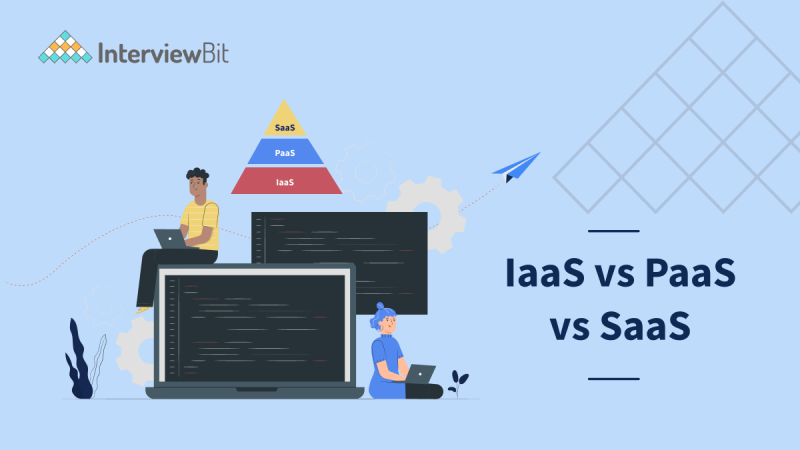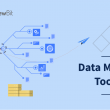Introduction
In the world of technology, three main types of cloud computing are widely used. These three types of cloud computing are Software as a Service (SaaS), Platform as a Service (PaaS), and Infrastructure as a Service (IaaS). SaaS is the most prevalent cloud computing used today, along with PaaS and IaaS. SaaS – Software as a Service is the most well-known type of cloud computing. SaaS is when a company provides its customers with access to software as a product.
The world is constantly evolving, and the technology industry is no exception. As a result, the cloud computing model and software as a Service (SaaS) have become a hot topic. There seems to be a broad understanding that the cloud is the future and that SaaS is the means to it. Underneath that, however, many other layers need to be understood before you can determine SaaS vs. PaaS vs. IaaS.
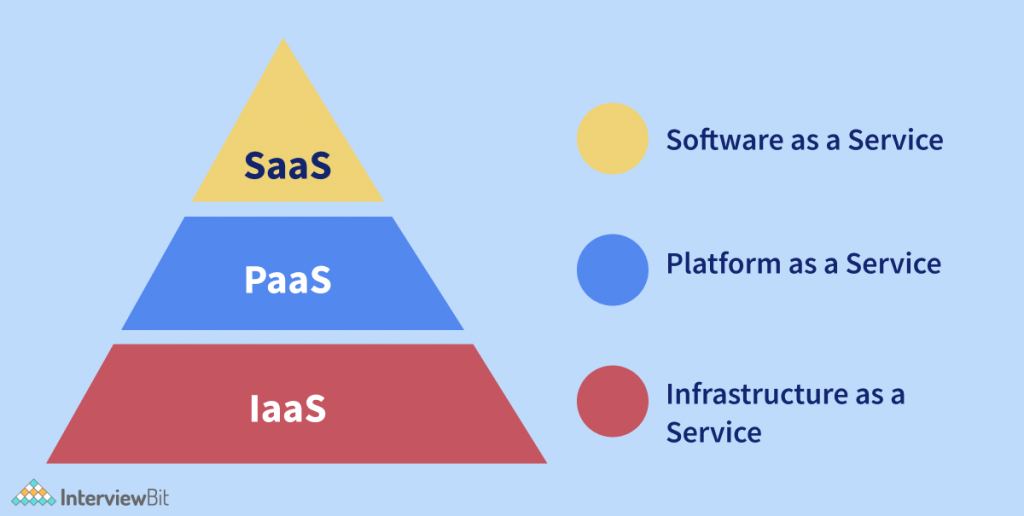
What is IaaS?
IaaS or Infrastructure as a Service is a cloud computing service model that provides a platform for a client’s infrastructure requirements. These requirements can be in the form of servers, operating systems, applications, storage, applications, and network equipment. In addition, IaaS enables outsourcing all or part of the infrastructure to a third-party service provider. The service provider will manage the hardware, software, and network infrastructure elements and maintenance.
Confused about your next job?
In the last few years, the Information Technology industry has seen a boom in cloud computing. In simple terms, cloud computing is a model of delivery of computing services in which a service provider delivers these services over the Internet. Cloud Computing, or “IaaS” (Infrastructure as a Service), is a subset of this model which delivers infrastructure to its customer. This infrastructure can be virtual machines, storage space, network bandwidth, and even physical servers.
What is PaaS?
The term platform as a service (PaaS) refers to a computing model where a third-party provider hosts a computing platform, allowing users to develop their own applications. The applications run on a PaaS model, using the provider’s computing platform and possibly its developer tools, database, and other services. Platform as a Service (PaaS) is a cloud computing service model that provides users with the development, deployment, and hosting of applications on the cloud. This means that the service provider takes care of all the necessary infrastructure, allowing the user to focus on the application itself.
It is an application development model in which a cloud computing vendor allows users to develop and run their software applications on the cloud. A PaaS provides a set of tools and services that will enable developers to build, deploy, and manage their applications without worrying about the underlying cloud infrastructure. These services can be offered as part of SaaS (Software-as-a-Service), but they are called PaaS when a PaaS provider provides them.
What is Saas?
Software as a Service (SaaS) is a model for providing software on a subscription rather than requiring a user to purchase software upfront. SaaS software is hosted in the cloud and accessed over a network, typically the internet. This allows users to access the software program through the internet instead of installing software on a computer. As a result, the user pays a subscription fee instead of buying software outright. This is sometimes referred to as on-demand software because the user can access the application whenever they want, rather than keeping the software on their computer.
IaaS vs PaaS vs SaaS: Full Comparison
| Basis | IaaS | PaaS | SaaS |
|---|---|---|---|
| Abbreviation | Infrastructure as a Service | Platform as a Service | Software as a Service |
| Uses | Provide cloud-based services | Hardware and Software tools available over the internet | Available via a third-party over the internet |
| Used by | Used by network architects | Used by developers | Used by end-users |
| Access | Access to virtual storage and virtual machines | Access to run time environment to deployment and development tools for application | SAAS provides access to end-user |
| Model | Provides visualized computing resources over the internet | Deliver tools that are used for the development of application | Service model in cloud computing that host software makes available for client |
| Technical understanding | Technical Knowledge is required | Knowledge of subject to understand the basic setup | No requirement about technicalities |
| Cloud Services | Cloud express, sun, amazon web services, Azure | Facebook and Google search engine | Facebook, google apps, and M.S office |
| Popularity | Popular between developers and researchers | Popular among developers who focus on the development of apps and scripts | Popular between consumer and company |
| Enterprise services | AWS virtual private cloud | Microsoft azure | AWS Terremark |
Characteristics and Advantages of IaaS
Infrastructure as a Service (IAAS) is a way to obtain virtualized servers, networking, storage, and other services. It provides the ability to create multiple virtual machines quickly and pay only for the resources consumed. IaaS is usually offered by hosting providers. It is especially suited for small businesses that do not have the resources to manage their servers but still need access to the help of larger organizations.
IaaS, or Infrastructure-as-a-service, is a cloud computing service model. The cloud provider manages the hardware; usually, a virtual machine, and the customer manages the operating system, application software, and data. This provides the consumer with everything they need to run their applications without purchasing hardware, software licenses, or any knowledge of server administration. The advantage of this model is that the customer only pays for what they use and can mount up or down quickly to meet demand. Customers can also choose IaaS services that are specially designed for certain types of workflows.
IaaS is rapidly gaining traction in the market, owing to its extensive range of benefits. The advantages are too many to list, but the following are the most important ones.
- With IaaS, the provider will have many options when deploying resources, including virtual machines, storage, applications, networks, and more. The provider will deploy any desired resources to a customer cloud offering with ease.
- Another advantage is that the provider can deploy resources to a customer’s environment at any given time, ensuring that the customer always has access to the right resources, no matter what their needs may be.
- Easy scaling of the business. One of the main advantages IaaS offers is the ability of users to scale the business based on their needs.
- With IaaS, users can decide how they want to use the resources they’ve been given. In addition, the flexibility of IaaS enables companies to scale their business as per their needs.
- Scalability: The technology is growing exponentially, and more and more users are switching to IaaS. It is easy to expand the number of users, depending on the company’s demands.
- The IaaS, by nature, is capable of handling a large number of users. It saves a lot of money, and it is easy to expand. The IaaS allows companies to expand their services and products since they can afford the high costs associated with implementing advanced technologies.
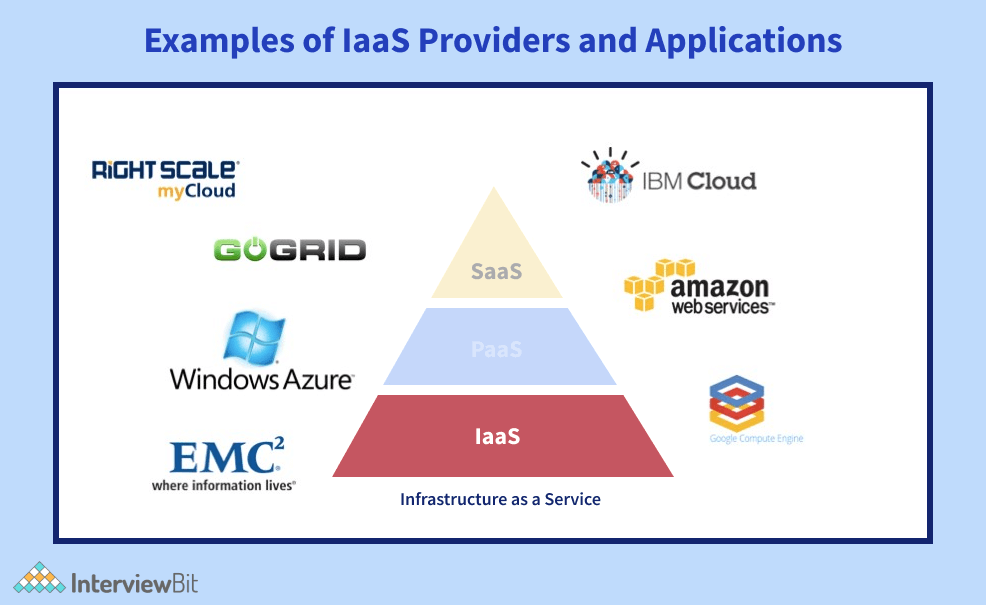
Characteristics and Advantages of PaaS
A few advantages of the platform as a service (PaaS) over traditional web application platforms include Ruby on Rails, Python Django, and Java.
- First, as the name implies, it is an abstraction layer between the programming language and the database. As a result, the programmer doesn’t have to worry about what specific database or language the application is programmed in.
- The database and language are abstracted away, giving the developer the freedom to focus on the application’s design while the platform handles the database and language.
- PaaS allows developers to build applications without worrying about the underlying infrastructure or operating systems. While there are many benefits to this, PaaS is not without drawbacks.
- The biggest drawback of PaaS is that it does not guarantee that the resulting application will run on any given infrastructure. This is because the infrastructure on which the application should run might not yet be available.
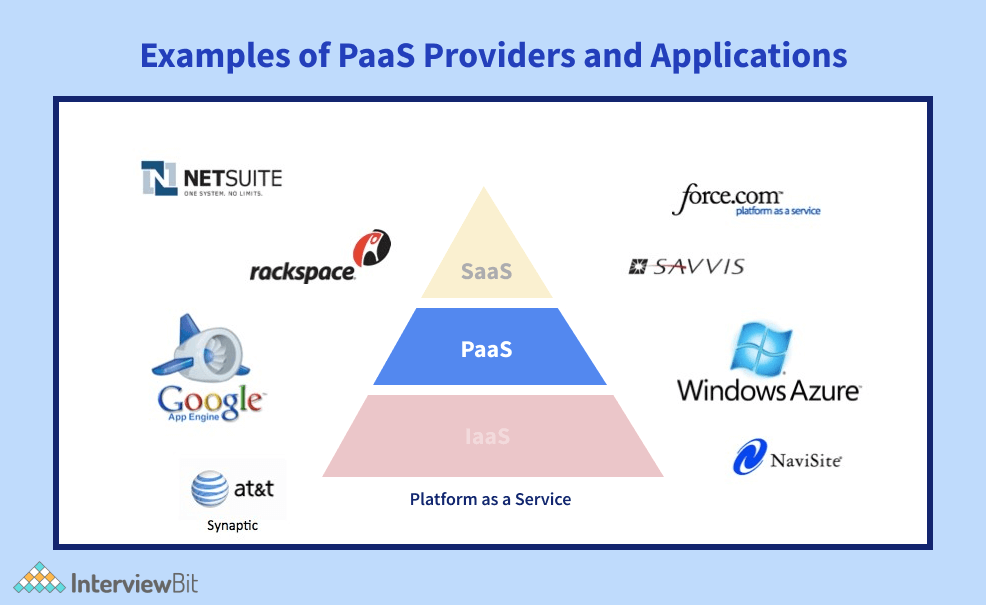
Characteristics and Advantages of SaaS
The SaaS model provides advantages that can improve the productivity and flexibility of an organization. For example, the SaaS provider manages the software and hardware, the software upgrades, and the data, which reduces the need for IT staff within the organization.
SaaS is rapidly gaining traction in the market, owing to its extensive range of benefits. The advantages are too many to list, but the following are the most important ones.
- The SaaS provider also maintains the customer relationship. In addition, it generally offers a lower cost of ownership than on-premises software because it does not require the purchase or installation of hardware or licenses.
- Software as a Service (SaaS), sometimes referred to as “on-demand software,” is a software distribution model. Users access software and associated data via a cloud computing platform over the internet.
- SaaS is one of three main categories of cloud computing, alongside infrastructure as a Service (IaaS) and Platform as a Service (PaaS).
- The term SaaS first appeared in late 2006 as a marketing term for web applications. As a general norm, SaaS providers give customers the option to use the software free of charge for a fixed trial period.
- Software as a service (SaaS) is a model for delivering or accessing computer software. The software is hosted by a vendor or service provider and accessed by users over the internet.
- SaaS is typically accessed by users through a web browser, while applications are hosted on servers at a vendor, service operator, or service provider.
- The user does not control the underlying cloud-based infrastructure, including network, servers, operating systems, storage, or even individual application capabilities, with the possible exception of limited user-specific application configuration settings.
- SaaS is a category of cloud computing services that provides a broad range of hosted capabilities and services (such as data storage and security) that can be used to build and deploy web-based software applications.
- SaaS can be accessed through a web browser via a thin client. The name is an acronym for software as a Service, a cloud computing delivery model.
- SaaS is typically accessed by users using a thin client via a web browser.

Conclusion
Cloud computing solutions have come a long way since their inception in the early 2000s. Since their initial creation, these services have evolved in ways that now make them a viable option for enterprises of all sizes. Cloud computing solutions are often referred to as software as a Service (Saas), Platform as a Service (PaaS), Infrastructure as a Service (IaaS), and Software and Platform as Service (PaaS). Cloud computing solutions are generally offered as subscription-based services.
Platform as a service (PaaS) is the idea that the platform is the provider (the cloud) rather than the vendor (the software). This means that the cloud provider (Amazon, Microsoft, etc.) provides the tools (SQL, web frameworks, etc.), and the platform as a service provider (“PaaS”) provides the infrastructure.
FAQs
Q.1: Which is better, IaaS or PaaS or SaaS?
Ans: IaaS is great for organizations that want to own their data and physical resources. However, it requires a lot of management. PaaS is great for developers and applications that focus on creating product features. IaaS is very scalable and inexpensive, but it is complicated to maintain. PaaS is very easy to maintain and less expensive than IaaS but not as scalable.
Q.2: Is Azure IaaS or PaaS?
Ans: Many people are unaware of the fact that Microsoft Azure is not just a public IaaS cloud but also offers a platform as a service (PaaS) layer. This means that you can run your own applications on the Microsoft Azure cloud with the latest framework version without any infrastructure management.
Q.3: Who should use IaaS?
Ans: IaaS is an effective solution for businesses with unpredictable resource needs or fluctuating workloads. IaaS can be used by organizations of all sizes, from SMBs to large enterprises. IaaS is a great way to get a company’s feet wet in cloud computing without a huge investment of capital or time.
Q.4: Is PaaS cheaper than IaaS?
Ans: It’s sometimes cheaper to use the platform as a Service instead of Infrastructure as a Service. In the past decade, the rise of the platform as a Service (PaaS) has changed how we buy infrastructure. PaaS has become a viable alternative to infrastructure as a Service (IaaS), and sometimes it is even cheaper than renting servers.


